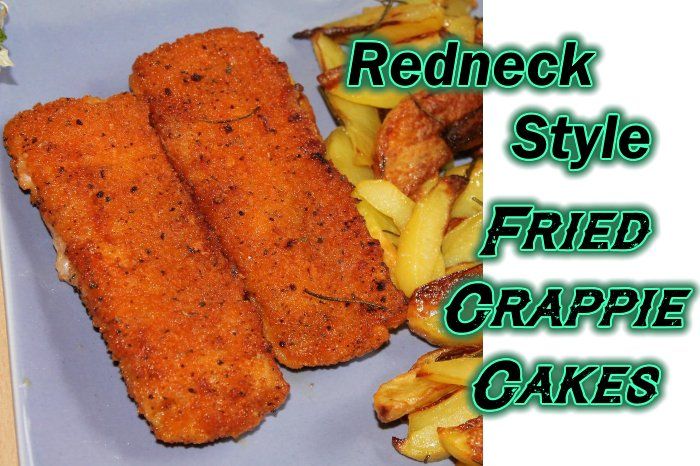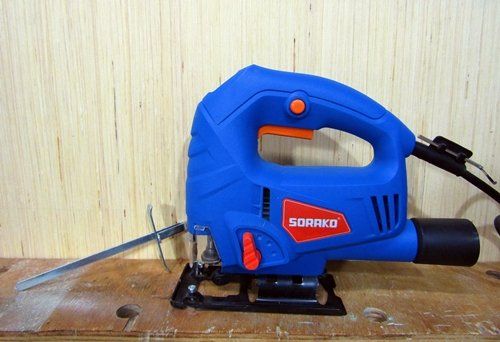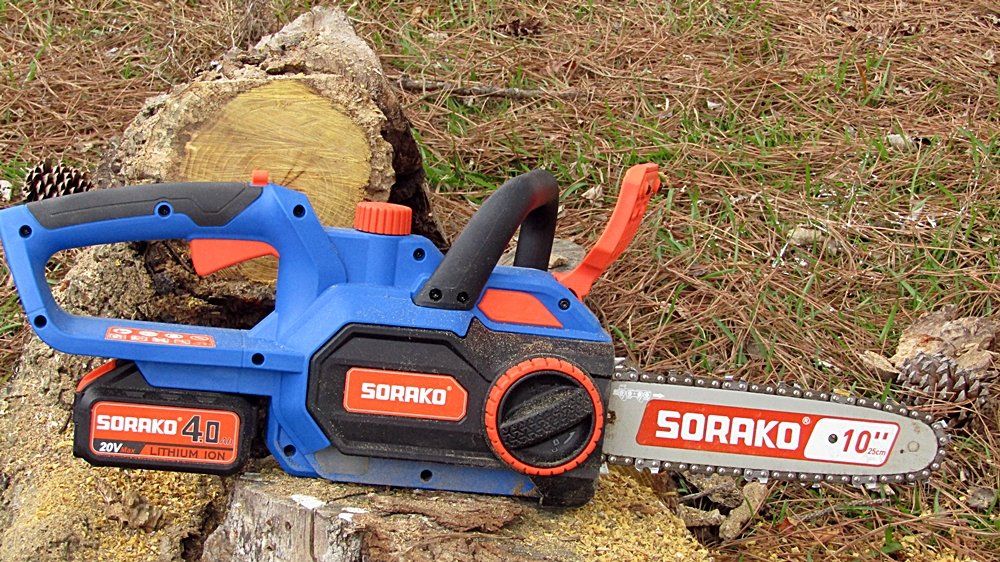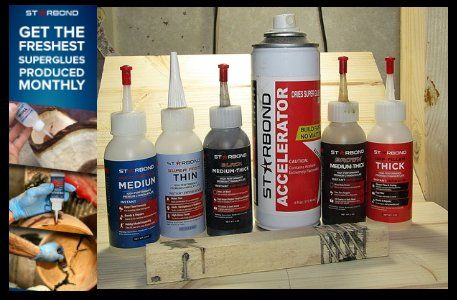Basic Sheepshead Fishing
September 24, 2015
A wonderful fish for dinner, sheepshead, (Archosargus probatocephalus) also known as PORGIES, often require the fisherman to use different fishing tactics.
Often as those fisherman that are heading out to do battle with flounder, king mackerel, and other popular saltwater species, they see those that are sheepshead fishing along the bridge supports and other such structure. Some know why they are so close to the supports and others head on past and wonder why fishermen would risk damaging their boats in search of sheepshead.
Sheepshead fishing requires only the minimum amount of gear. No large boat is required as with other saltwater fish. The sheepshead (Archosargus probatocephalus) angler often prefers a small Jon-boat in fact. In some cases no boat is required to catch these low-key fish.
Though the equipment used for catching sheepshead is relatively simple, the challenge faced when sheepshead fishing is as great as with any other game fish. Many a fisherman have all but forgotten all other saltwater fish species in favor of sheepshead fishing.
Patience is an important tool a fisherman needs when fishing for sheepshead. There's an art to pulling this fish from pilings, and the boat wakes from boaters that are unaware of what you are doing tend to wash and slam your boat into these pilings.
The first task a sheepshead fisherman confronts is the gathering of bait. Mollusks and crustaceans are the dinner fare for sheepshead (Archosargus probatocephalus), and the reason other inshore anglers using different bait in search of other species rarely catch them. Though, some fishing with shrimp or squid just might hook one from time to time. Fiddler crabs; found burrowing in the marshes; are the most used bait when sheepshead fishing. Fiddler crabs are about an inch long and the males have an over-sized claw it uses to attract the ladies with.
It's easier to catch these little buggers during low tide, as they will gather at the water's edge where a casting net can easily be tossed over them, or if you want to have some fun, try chasing and catching them by hand. Fiddler crabs do pinch though, but rarely enough to harm you. It takes quite a few to last through a day of sheepshead fishing; so many anglers catch them ahead of time and freeze them.
Aside from Fiddlers, all other crab species make fine sheepshead bait. But check the crabbing regulations, some species of crab are protected and cannot be gathered and used for sheepshead bait. Clams are good bait, but there are harvest restrictions, though if you can find a seafood market that sells the big chowder clams, then you can buy all you want to use while sheepshead fishing. Bang two clams together to open the shell then cut the foot into two pieces. Then the rest of the clam is separated. This will give you three baits. However, other fish are attracted to clams besides sheepshead. Many sheepshead anglers avoid these bait stealing fish by fishing them during fast moving tidal changes.
You can also scrape barnacles off of pilings and other structures and use the soft innards for bait when sheepshead fishing. However, the fiddler crab is the favorite of most who endeavor to fish for sheepshead.
As mentioned earlier, a fisherman does not really need a boat for sheepshead fishing. Often a sheepshead fisherman can have fine success from a pier. And some lucky enough to have access to a private docks and marinas enjoy a bit of luck as well. Any series of pilings hold potential for sheepshead fishing. Though it is best for the sheepshead angler to fish many docks and pilings as each are different in the amount of sheepshead they attract. And I recommend getting to the pay piers early to claim your spot.
From boats; sheepshead fishing can be done by finding pilings, bridge supports, and other such structures that are covered with shells or have shell-covered bottoms. These structures that are along the edges of navigation channels are great spots for sheepshead fishing. You can't see the sheepshead from the surface, but when you find them, you'll likely be fishing where there is less fishing pressure from others that might be sheepshead fishing.
During low tide, many anglers scrape the barnacles off the pilings, and then fish these spots when the tide returns. This creates a chum by dislodging crabs and exposing the soft innards of the barnacles. You can also chum for sheepshead with the fiddler crabs that will inevitably die after being caught. Even the ones that have deteriorated can be tossed under docks and around the piling when sheepshead fishing to attract the fish.
Strikes when sheepshead fishing are subtle, so most sheepshead fishermen will tell you to set the hook before you feel a strike. Smaller sheepshead will nibble the bait off the hook using it's sheep-like teeth, and never be felt by the fisherman. The larger fish will take off with the bait like all other fish.
You can use super braided fishing line when sheepshead fishing, but a lot of anglers still use monofilament because, in this case, it actually holds up better under the pressure of being tugged on shells when a sheepshead is hooked. Often, sheepshead fishermen keep the drag tight in order to horse the larger sheepshead away from the structure, because the larger fish are strong enough to snap or break lines against shells and barnacles while on the run.
Use a strong #2 steel hook, or no lighter than a #1 due to the sheepshead ability to bite through a wire hook. Tie the hook directly to the line on a dropper loop and with a sinker tied about a foot from the hook. You can also use a Carolina rig when fishing the bottom. Thread the line through an egg sinker and tie to a swivel. Attach a leader with a #1 or #2 steel hook below the sinker. You'll also need a sensitive rod when sheepshead fishing, or hold the line between the index finger and thumb.
Bumpers or floatation cushions can be used to help keep the boat from making contact when the tide or wake from other boaters pushes it into the pilings. Often when sheepshead fishing I tend to use one hand to try and keep the boat from hitting the structure and the other hand to hold the fishing rod. I keep a glove on the hand I'm trying to keep the boat from knocking into the pilings with to avoid splinters and cuts. And I pay close attention to my fishing line while sheepshead fishing in order to detect any noticeable twitching that will lead to setting the hook and landing a sheepshead.
It's the small battle to yank the fish from the structure that, (pardon the pun) gets anglers hooked on sheepshead fishing. That short fight shoots adrenaline through the body of a fisherman, and a rush of excitement takes hold. In the end you've either pulled a sheepshead from the structure or you lose it. Don't let the name fool you, sheepshead fishing provides a fight that rivals any game fishing experience.
I hope this article helped and, if you've never tried sheepshead fishing; I hope it inspires you to give it a try. Not only are Sheepshead fun to catch, but they are also a delicious fish to eat!
Redneck Know How Blog
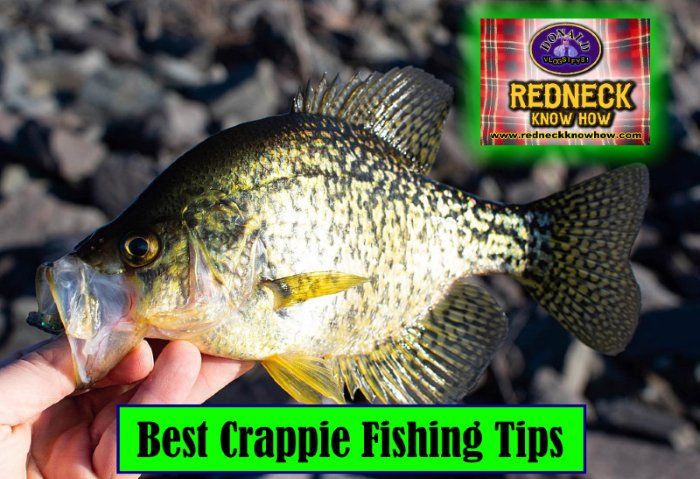
Every fisherman has his or her own favorite techniques to catch this beloved fish. Why is crappie, (or pomoxis, if you want to get scientific), are so beloved? Well, they give one heck of a fight when caught. A 2 lb. crappie can put up a fight to rival a bass of larger size. So catching them is fun. There is also the taste factor. Fried crappie tastes great.

Everybody seems to be in love with dovetails these days. Myself included. They look nice, feel nice, and they make the woodworker feel an overwhelming since of pride when he makes tight and even. Especially the hand cut dovetails. Dovetail joints can be produced with power tools. And there are dovetail jigs you can buy and make. It makes getting precise dovetails with no gaps a lot easier. But nothing feels more satisfying than finally getting hand cut dovetails tight and gap free. And for the record, I use the term, “gap free”, very loosely. I’d wager that even the best woodworker gets gaps in their dovetails no matter how hard they try. Maybe not as many as us new to middlin’ woodworkers, and certainly not as noticeable, but there are gaps in their dovetails. Nowadays, people use dovetails not only as a joint, but as decoration. A showpiece if you will to show off the craftsmanship of the woodworker. But the reality is that they were not originally meant to be pretty. They were utilized to hold pieces that were heavily used together. Such as drawers or other parts of furniture and other items that were constantly pulled or tugged on. In the example below, you can see how the angles of the dovetails will keep the joint from coming apart during the tugging of the drawer when opening it. This part of the joint is where the dovetail joint get’s it’s name. Often when used on boxes, the orientation of those angles are switched around, placing them on the front of the box as a decoration, and the pins of the joint is put on the side. Great for looks, not so great for function. Of course for most smaller boxes, the function of the dovetail really isn’t needed and using dovetails for looks is fine and an anesthetically pleasing way to show off craftsmanship. But let’s not give up on using the dovetail joint for utilitarian purposes when building boxes too quickly. They can be a great way to join a bottom to a box that will be holding heavier stuff, such as tool boxes. The angle of the dovetails can manage the stresses of carrying heavier items such as tools if you wish to maintain a *NO screws or nails* policy on your woodworking projects. Or you can use the dovetail joint along with screws for extra protection against the bottom dropping out. So the purpose of the dovetail is a lot more than to just make your woodworking look good. In fact, long ago, they were hidden. Simply a way to join parts and give them the strength to do what the item was meant to do, and be hidden when the drawer was closed. Using the dovetail joint for decoration is a modern thing. Which I have nothing against. I love to show off dovetails I’ve made nearly perfect. Well, in my eyes anyway. Roy Underhill and Paul Sellers would likely just look at them and grin, maybe chuckle at me being so proud of something so far from the skill level they have achieved.





